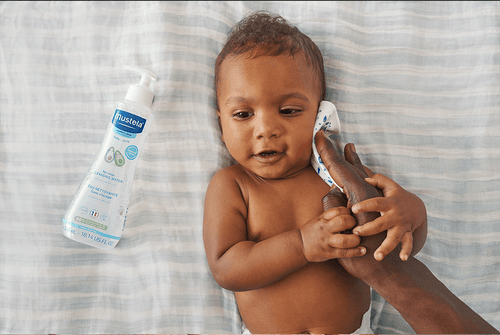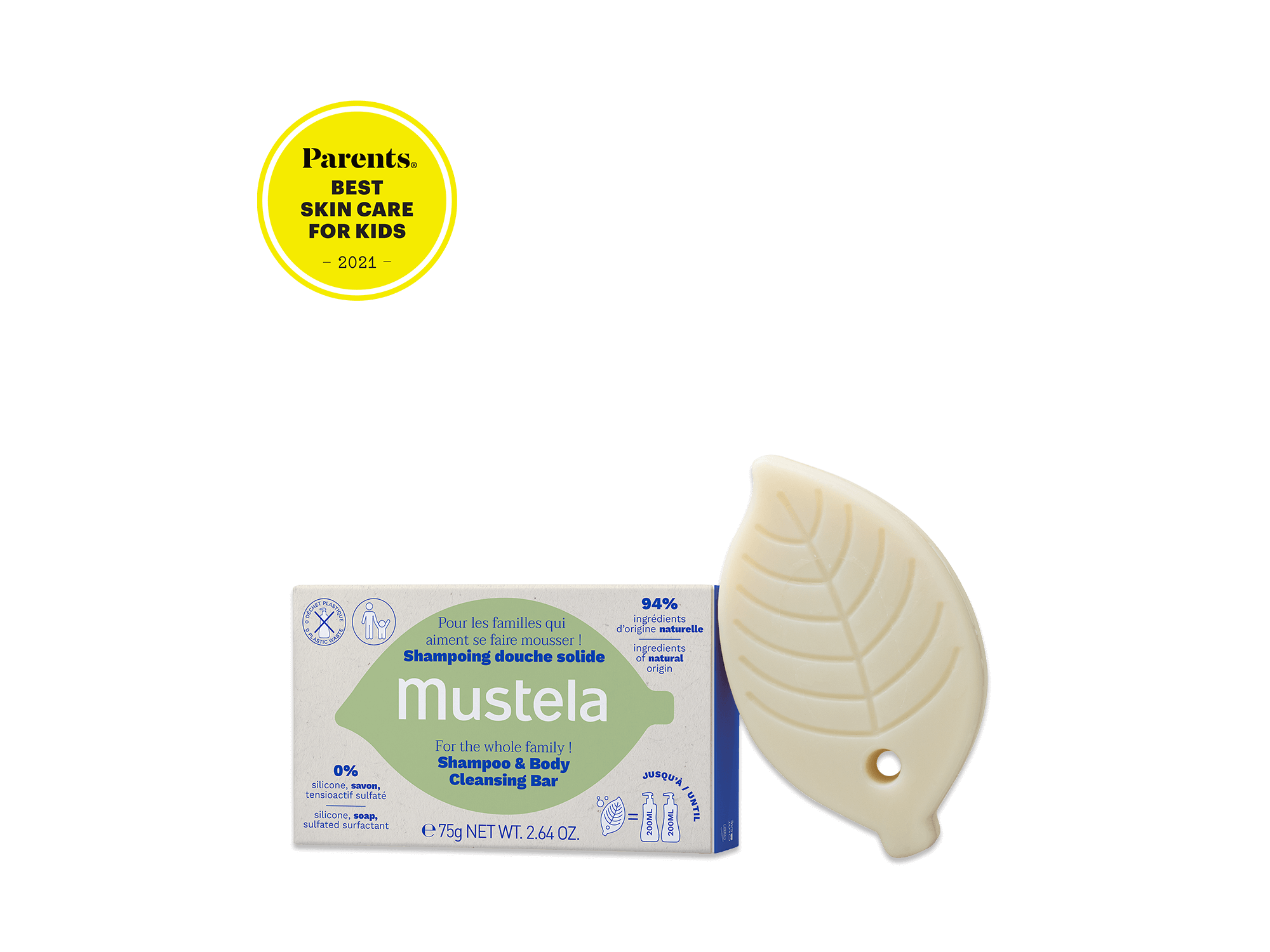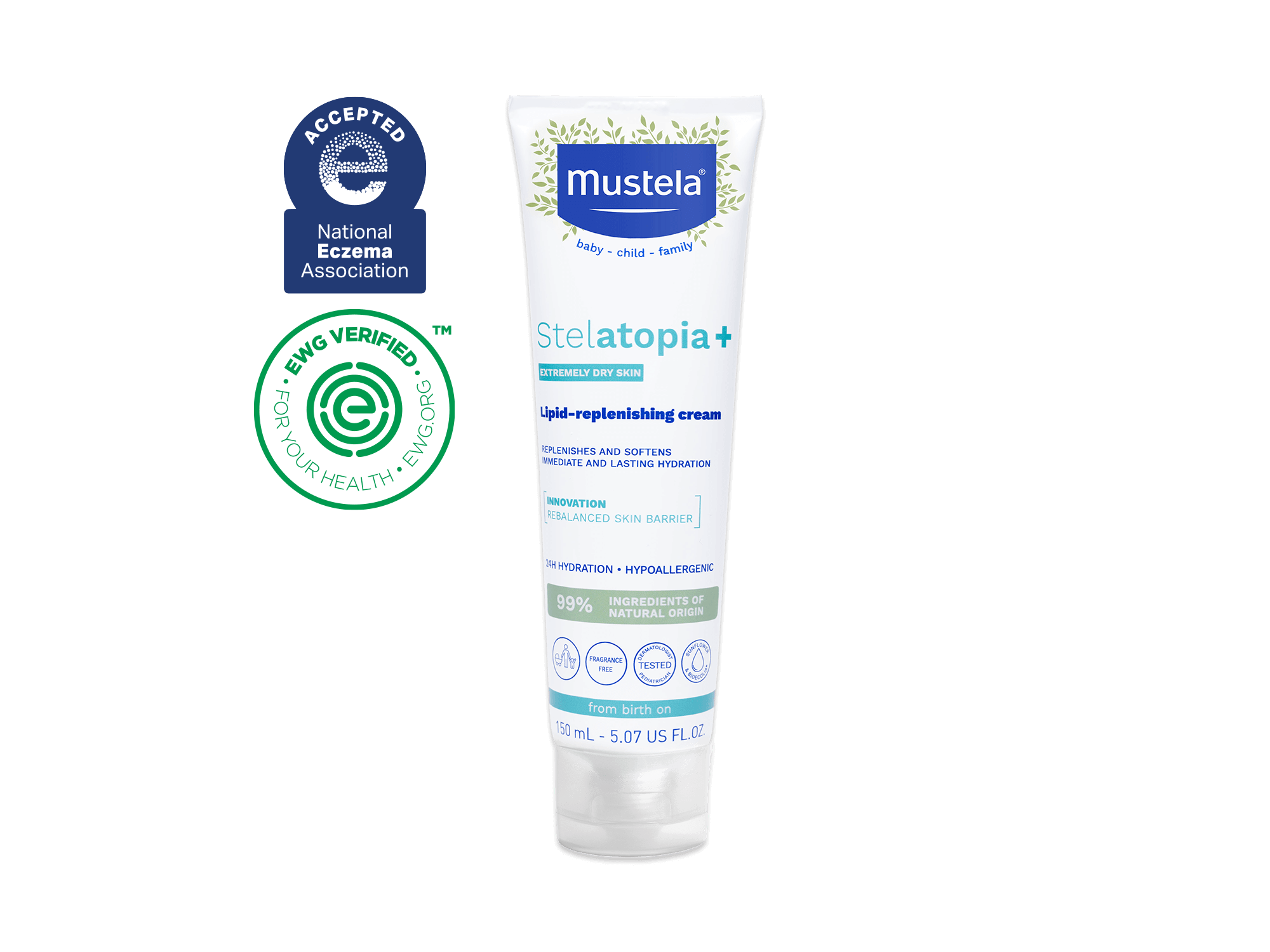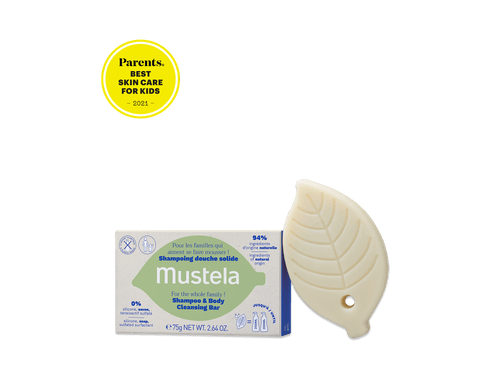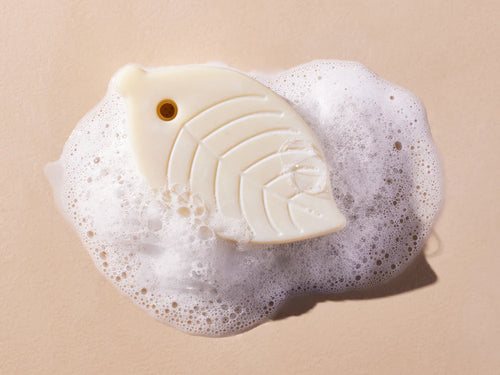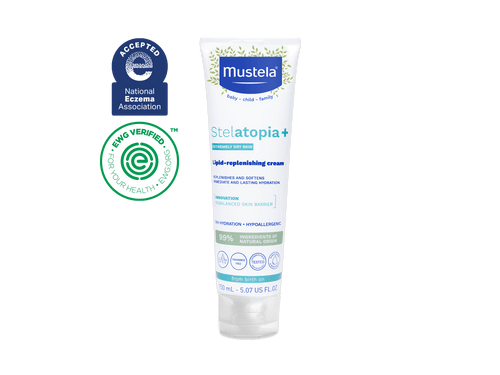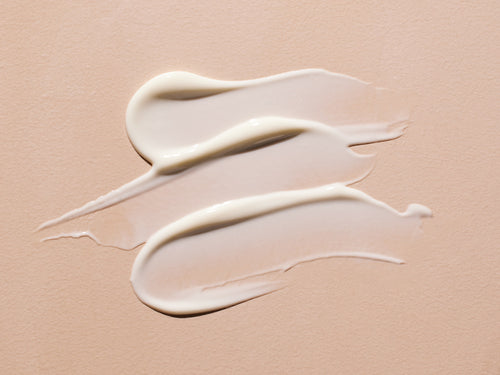
Your baby learned how to roll over, then sit up, and then crawl. Each new milestone was exciting (and maybe a little scary!) But now they’re on the brink of a brand new skill. When do babies start walking?
Each baby walks when they’re uniquely ready, but walking typically happens between nine and 18 months. If you notice signs that your baby is gearing up to walk, you can encourage them to take those first steps.
In this article, we’ll explore the foundational skills your baby needs to start walking, the signs that show they’re ready, and how you can help them.
Key Takeaways
- Babies usually begin to walk between nine and 18 months old.
Signs your baby may be ready to walk include pulling up to stand, practicing standing, cruising along furniture, being extra fussy, experiencing sleep changes, and having more confidence.
- Support your baby learning to walk by holding their hands for balance, offering a push toy, encouraging them to squat, taking off their shoes, and moving or babyproofing the furniture.
- Once your baby seems ready to walk, make sure you babyproof all of the new places they will be able to access.
What Skills Does Walking Require?
Being able to balance is a key part of walking. It helps your baby stay upright and shift their weight from one foot to another.
Walking also requires coordination. Your baby needs to move their feet in a controlled, rhythmic way, as well as add arm movements later on.
Your baby also needs confidence. While balancing and coordinating movement helps with the mechanics of walking, confidence gives your baby the courage to practice and the perseverance to succeed.
Signs Your Baby May Begin Walking Soon

You may see several of these signs, or you may only see one. Either way, once your baby begins practicing gross motor skills, it’s time to finish babyproofing your house! Things that weren’t in their reach before will soon be accessible.
Here are some signs your little one might start walking soon.
Pulling Up
Your baby needs to stand before they can walk, so you’ll begin to see them pull up on furniture for support. This generally occurs around eight months old, and your baby may move through it quickly or the phase could last a while.
Practicing Standing
After your baby can pull up, they’ll begin to let go of the furniture. Balance becomes essential at this point. Don’t worry if they fall a lot as they practice; it’s all part of the process.
Sometimes redirecting your little one’s focus can help them get the hang of it. Try giving them a toy to hold in both hands. They may become so interested in the toy that they forget to worry about falling!
Cruising
If you see your baby inching their feet across the floor, using the couch or coffee table for support, you know they’re getting ready to walk on their own. This helps them practice the basic coordination required for one foot to move in front of the other.
Fussiness
Not all signs your baby is getting ready to walk are physical. Some are social-emotional. Remember when your baby was teething? If they were irritable, you may recognize the same emotional state before they walk.
Putting all of the pieces together is tiring: balance, coordination, muscle strength, and gross motor movements. And tired babies are often fussy babies.
Sleep Changes
In addition, you might notice sleep changes. Babies sometimes sleep more or less right before they take those first steps.
Increasing Confidence
Finally, confidence is the glue that holds all of these other preparations together. As your baby pulls up, stands, and cruises, they gain confidence bit by bit until they’re ready to walk.
9 Tips To Encourage Walking

When your baby starts to show those pre-walking signs, there are a few things you can do to make the transition easier. Let’s take a look.
1) Hold Their Hands
As an extension of cruising, you might want to try holding your baby’s hands to help them practice walking. Standing either behind or in front of them, hold their hands at their shoulder height and gently guide them forward.
2) Offer A Push Toy
Push toys are a great way to practice walking! Standing behind a pretend vacuum or mini shopping cart helps your baby balance and move freely. Household objects can serve the same purpose, too. For example, an overturned laundry basket easily slides along the floor.
Whatever you choose, avoid using an infant walker (the moveable seat with the tray and built-in toys). The American Academy of Pediatrics has called for a ban on them because they can tip over or roll down stairs. Studies also show they slow motor development.
3) Encourage Squatting
The stronger your baby’s core is, the more easily they’ll be able to balance. Squatting helps develop those abdominal muscles. Playing with toys on the floor can motivate your little one to squat and stand. Try giving them blocks to build a tower!
4) Motivate With Toys
If your baby can’t balance on their own, try leaving a trail of toys along the length of a couch.This way, they can cruise across to get to them. Sometimes babies forget that they need to hold the furniture and will reach for the toy with both hands!
5) Take Off Your Baby’s Shoes
When babies put their feet directly on the ground, they feel sturdier and may be more confident about trying to walk. The sensory feedback from a rug, a wooden floor, or grass outside helps them feel connected and grounded.
6) Move And Babyproof Furniture
Pushing chairs or tables closer together makes the prospect of cruising more enticing. Your baby will be more motivated to practice if they can move from one to the other more easily.
Just be sure to properly babyproof any furniture before setting your little one free. For example, you can wrap soft material like foam around sharp table edges to keep your baby safe from injury.
7) Protect Your Baby’s Skin
Once your baby can walk, they’ll probably spend more time outside. To help defend your little one’s skin against harsh rays, try Mustela’s Mineral Sunscreen, a safe and effective sun protection.
Additionally, walking outside without shoes will be a new experience for your baby’s feet, and for your bathtub! To help wash the dirt off those tired feet (and the rest of your little explorer’s body), try our 2-in-1 Cleansing Gel, Multi-Sensory Bubble Bath.
8) Try Not To Leave Their Side
Because this walking thing is so new for your baby, stay close so you can keep them safe and encourage their efforts. Keep the process fun and engaging. Learning to walk should inspire independence and the spirit of exploration.
9) Be An Emotional Support
It’s hard to do something challenging and new. Even if you don’t notice any fussiness or changes in your baby’s sleep, they’re still making new brain connections, which takes effort and stamina.
Be patient. Even though they may experience frustration and fatigue, they’re making progress every time they pull themselves up, stand, cruise, and take those brand-new steps.
When To Worry If Your Baby Isn’t Walking
While it’s normal to worry about your baby’s walking progress (especially if they’ve already passed the 18-month mark), remember that typical time frames don’t apply to everyone.
However, if you notice your baby limping as they try to walk, favoring one side, or refusing to walk after they’ve started, it’s a good idea to talk with your baby’s doctor. And, of course, any time you need reassurance or information is the right time to check in with them.
And Away Your Baby Goes!

So, when do babies start walking? Every baby is unique, but usually around nine to 18 months. Before you know it, your rolling, sitting, crawling, and now walking baby will be running full speed ahead into new adventures!
Before they head out, remember to protect their skin with Mustela’s gentle yet powerful moisturizing products so they’re ready to face the world.
Frequently Asked Questions
Do Girls Walk Earlier Than Boys?
No, boys and girls begin walking within the same time frame, which is between nine and 18 months old.
When Should My Baby Start Wearing Shoes?
The American Academy of Pediatrics says the purpose of shoes is protecting babies’ feet, so they don’t need any until they can walk. The only covering they need is a pair of socks to keep their feet warm.
Does My Baby Need Special Walking Shoes?
As long as your baby’s feet are warm and the terrain is safe, they should be barefoot when they’re learning how to walk. Walking barefoot is better for foot development and proprioception, the body's ability to sense its position and movement in space.
Do Babies Usually Talk Before They Walk?
Babies (and all people!) develop skills at all kinds of different rates and ages, and there isn’t a specific order that they occur. So while one baby may walk first and then talk, another may do the opposite.

